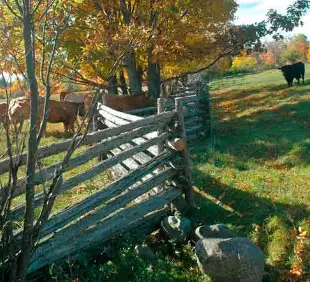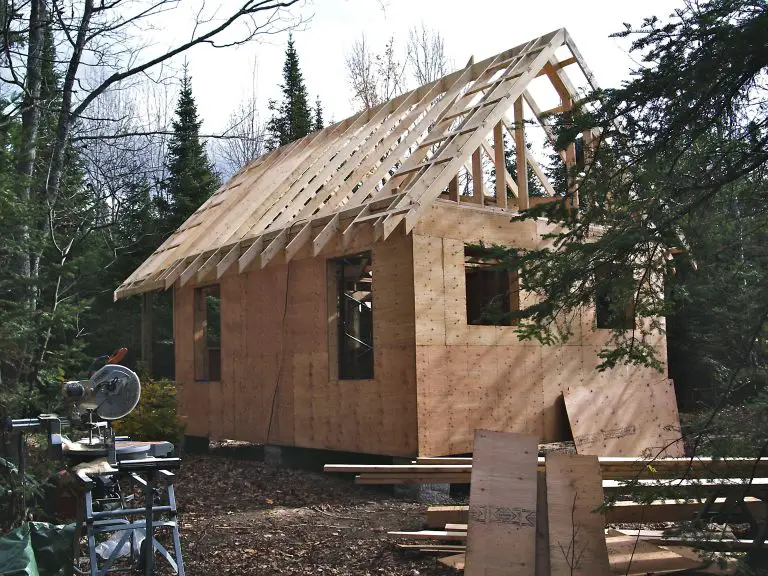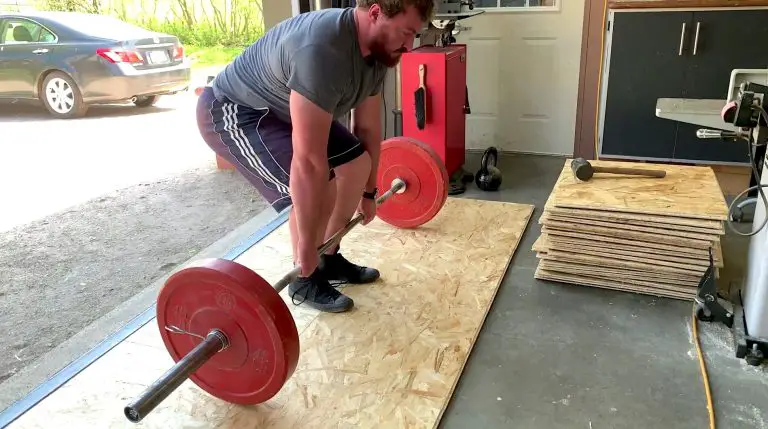In recent years, park model homes have gained popularity as an affordable and flexible housing option for many Americans. These compact yet stylish dwellings offer a blend of comfort, convenience, and cost-effectiveness, making them an attractive choice for individuals looking to downsize, invest in a vacation property, or embrace a minimalist lifestyle, as you’ll see.

One of the key considerations for potential buyers is understanding the financing options available for park model homes. In this article, we’ll explore the various ways buyers can finance their park model home purchase, including loans, leases, and important ownership considerations.
1. Understanding Park Model Homes
Before delving into financing options, let’s briefly review what park model homes are. They’re typically smaller than traditional homes and are designed to be placed in RV parks or designated recreational vehicle communities.
They offer compact living spaces with amenities similar to larger homes, such as kitchens, bathrooms, bedrooms, and living areas. Park model homes are often customizable, allowing buyers to personalize their space to suit their preferences and lifestyle.
2. Financing through Traditional Loans
One of the most common ways to finance a park model home is through traditional loans, such as personal loans or RV loans. Personal loans are unsecured loans that individuals can use for various purposes, including purchasing a park model home. These loans typically have fixed or variable interest rates and repayment terms ranging from a few years to several years, depending on the lender and the borrower’s creditworthiness.
RV loans, on the other hand, are specifically designed for recreational vehicles, including park model homes. These loans may offer competitive interest rates and flexible terms, making them a popular choice for buyers seeking financing options. Borrowers can apply for RV loans through banks, credit unions, or specialized lenders that cater to RV enthusiasts.
When you look for park model homes for sale, consider that with traditional loans, you need to get your credit score, income, down payment amount, and overall financial health. Lenders will evaluate these factors to determine the loan amount, interest rate, and repayment schedule. It’s advisable for buyers to compare loan offers from multiple lenders to find the most favorable terms and rates.
3. Exploring Lease Options
Another financing option for park model homes is leasing. Leasing allows individuals to use a park model home for a specified period, usually several years, in exchange for monthly lease payments. Unlike traditional loans that involve ownership, leasing grants the right to use the home without the responsibilities of ownership, such as property taxes and maintenance costs.
Leasing can be an attractive option for individuals who prefer flexibility or are not ready to commit to long-term ownership. It may also suit those who want to test the waters of park model living before making a permanent purchase. However, it’s essential for lessees to review the lease agreement carefully, including terms related to rent increases, maintenance responsibilities, and lease renewal options.
4. Ownership Considerations
When financing a park model home, you should also consider ownership-related factors. For instance, park model homes placed in RV parks or communities are subject to park rules and regulations. These rules may govern aspects such as home modifications, rental policies, pet restrictions, and community amenities. Prospective buyers should review and understand these rules before committing to a purchase or lease agreement.
Additionally, buyers should consider ongoing expenses associated with park model home ownership, such as lot rent (if applicable), utilities, insurance, and maintenance costs. Budgeting for these expenses is crucial to ensuring a smooth and enjoyable homeownership experience.
5. Financing Option
When it comes to financing your park model home, making the right choice is crucial for a smooth and stress-free experience. Here are some essential tips to help you choose the financing option that best suits your needs:
- Evaluate Your Financial Situation: Assess your credit score, income stability, and debt-to-income ratio to determine what financing options you qualify for and what terms you can expect.
- Compare Loan Terms: Research and compare loan options from different lenders, focusing on interest rates, repayment schedules, down payment requirements, and any associated fees.
- Understand Lease Agreements: If considering leasing, carefully review lease terms including duration, monthly payments, renewal options, and any restrictions or responsibilities.
- Factor in Additional Costs: Consider ongoing expenses such as lot rent, utilities, insurance, and maintenance costs when evaluating the affordability of your financing option.
By following these tips and thoroughly researching your financing options, you can make an informed decision that aligns with your financial goals and ensures a successful park model home purchase or lease.
Conclusion
Financing a park model home involves exploring various options, including traditional loans, leases, and considering ownership-related factors. Buyers should assess their financial situation, research lenders or leasing companies, review contract terms carefully, and factor in ongoing expenses to make informed decisions.
With the right financing approach and ownership considerations, owning or leasing a park model home can offer a fulfilling and affordable housing solution for individuals seeking a blend of comfort and mobility in their living arrangements.












